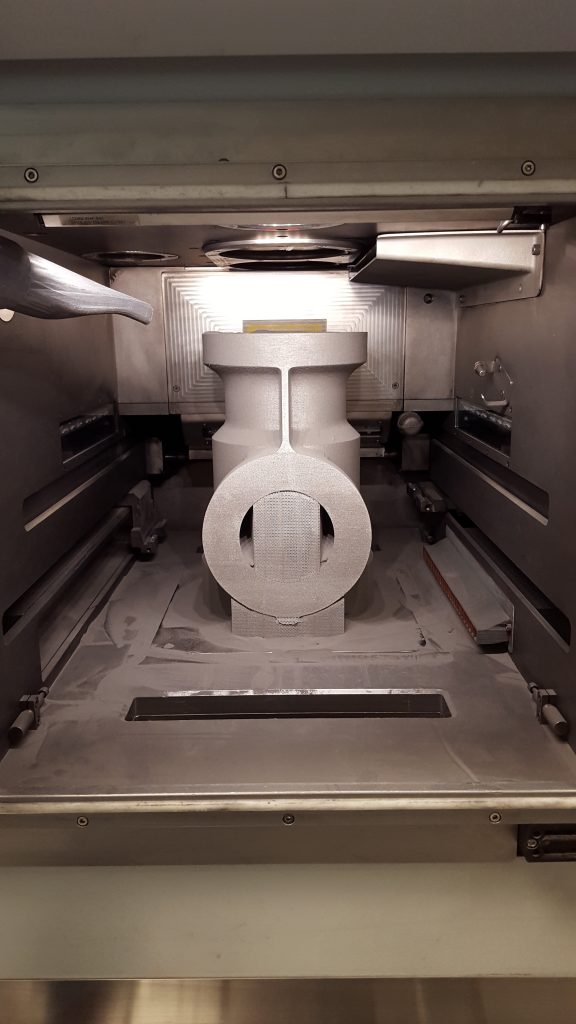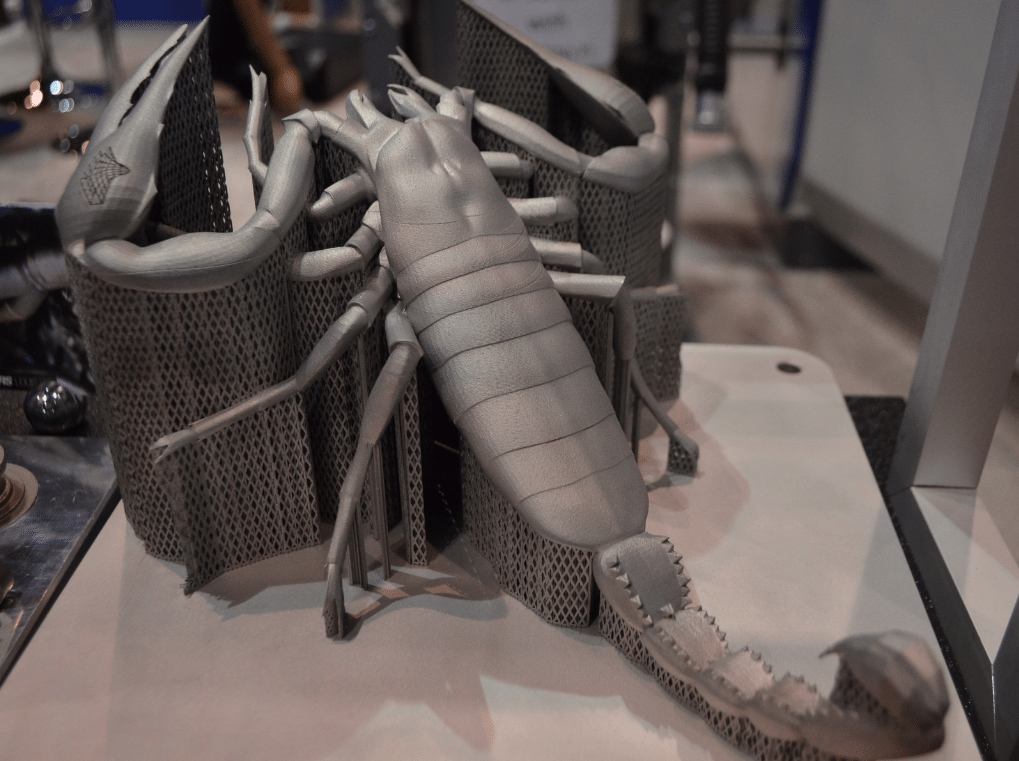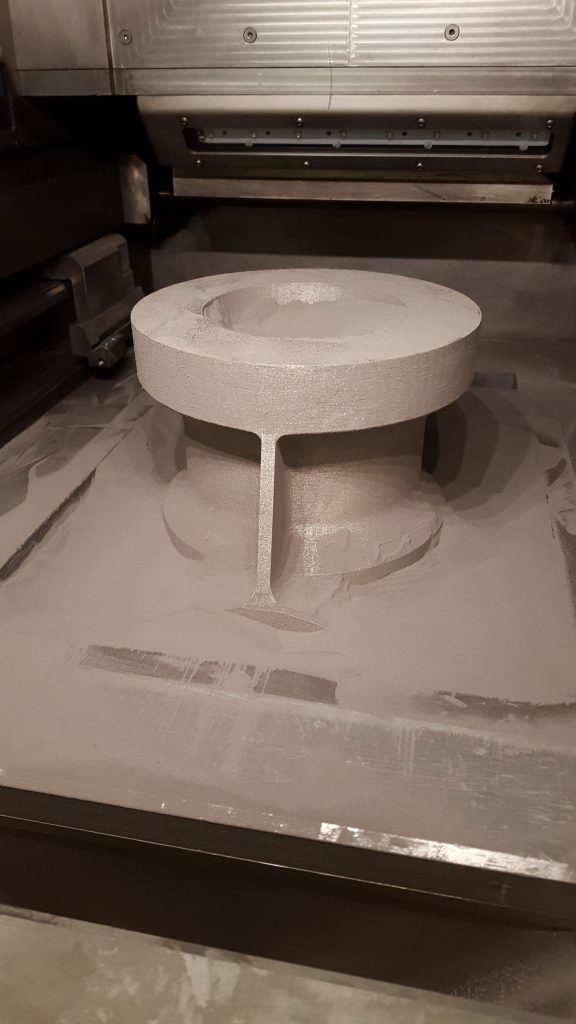3D Printing Industry is taking an in depth look at how additive manufacturing is moving to production. Over the coming weeks the results of interviews with industry leading practitioners will be published.
This article is part of a series examining Trends in Additive Manufacturing for End-Use Production.
Jim Fendrick is Senior VP of SLM Solutions NA. SLM Solutions manufactures a range of metal additive manufacturing systems, their expertise is used across industries including Aviation & Aeronautics, Medical & Dental, Automotive and for tooling.

3D Printing Industry: What is your percentage estimate of how much your printers are used for production versus other applications?
Jim Fendrick: SLM Solutions’ systems are designed for production and today 30-40% of our customers in the United States use them for the production of end-use parts.
3DPI: Do you have an estimate of the addressable market for AM in production?
JF: We don’t have those numbers and a range of numbers gets published. One thing everyone could agree on is that it is certainly growing at a rapid pace as companies define their strategies for additive and users get more comfortable with the technology.
3DPI: Which industries/verticals are leading in the use of AM for production?
JF: Aerospace is still the main player in additive for production. The technology fits perfectly into their requirement of high-performance, low volume parts. They were the first major industry to embrace the technology and you continue to see examples come out of the sector of weight reduction, reduced assembly components and improved performance through optimized design. Medical/Dental is also a fast growing sector because of the ability to utilize mass customization. Automotive is getting into the technology for sure, but thus far production has been limited mostly to high-performance vehicles that tend to need lower manufacturing volumes than consumer vehicle models.

3DPI: What barriers does AM face for production and how are these surmountable?
JF: Despite having been on the market for quite some time, metal AM still faces many hurdles. Qualification certainly creates a bottle-neck in the industry, as there are still no clear standards across the board. For critical end-use parts in production it is still necessary to not only qualify the resulting part, but also each individual machine, batch of powder, etc. As the technology continues to grow some of these processes will become standardized, and several organizations are working on such standards today, but at the moment it still creates a barrier for many. Integrating additive into full production processes can still be a challenge. Additionally, finding the staff that understands the concept of design for additive to truly take advantage of its benefits can be a challenge. The workforce in this industry will have to continue to grow to match the interest from companies looking to get into the technology and that will require a paradigm shift from the traditional teachings of manufacturing – i.e. designing for performance vs. manufacturability.

3DPI: Are there any notable trends in AM for end use production?
JF: Machine build volumes continue to increase to build both larger parts and more smaller components in one build cycle. Combined with multiple lasers, four on the SLM 500 for example, this creates the ability to produce more components in less time. Increasing machine throughput, while at the same time taking advantage of its unique capabilities, is the main way to convince those familiar with traditional manufacturing methods that additive is a viable option for production.

3DPI: Can you name any specific case studies where AM is used for end use production?
JF: We can’t name the customer specifically, but this case study from the Aerospace industry highlights some of the features of printing a large titanium component that reduced the total time to produce the part by eliminating the need for expensive and time consuming tooling.

Production in copings and crowns is daily occurrence in dental industry.
Additionally, on the consumer product side, we are also currently in the process of developing a case study together with Imperial Machine & Tool Co. (our customer running SLM systems) and Vortic Watches (their customer contracting them for the production). Vortic is a watch maker that has a collection of antique pocket watch movements (in the past the cases have been scrapped because they were typically gold) and needed casings for them. They now print customized casings in Titanium to bring these old pocket watch components back to life. More information is on their site here,
This article is part of a series examining Trends in Additive Manufacturing for End-Use Production.
You can read more about SLM Solutions here.
If you found this insight useful, then subscribe to our newsletter and follow us on social media.



